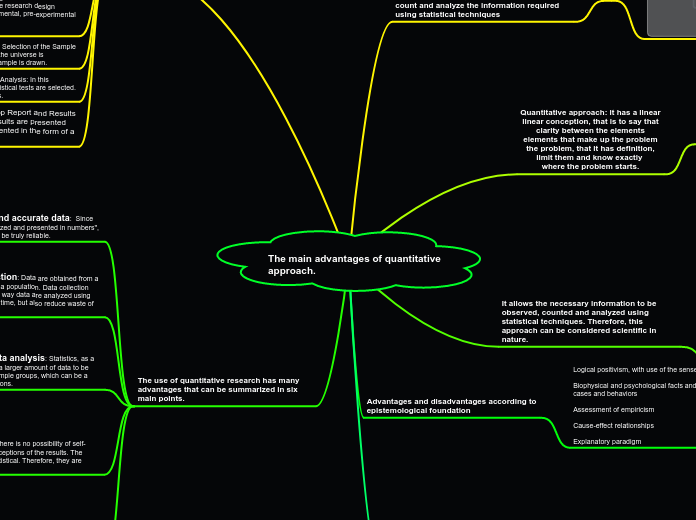par CHRISTIAN RICHARD ORTIZ PILATASIG Il y a 3 années
194
The main advantages of quantitative approach.

par CHRISTIAN RICHARD ORTIZ PILATASIG Il y a 3 années
194

Plus de détails